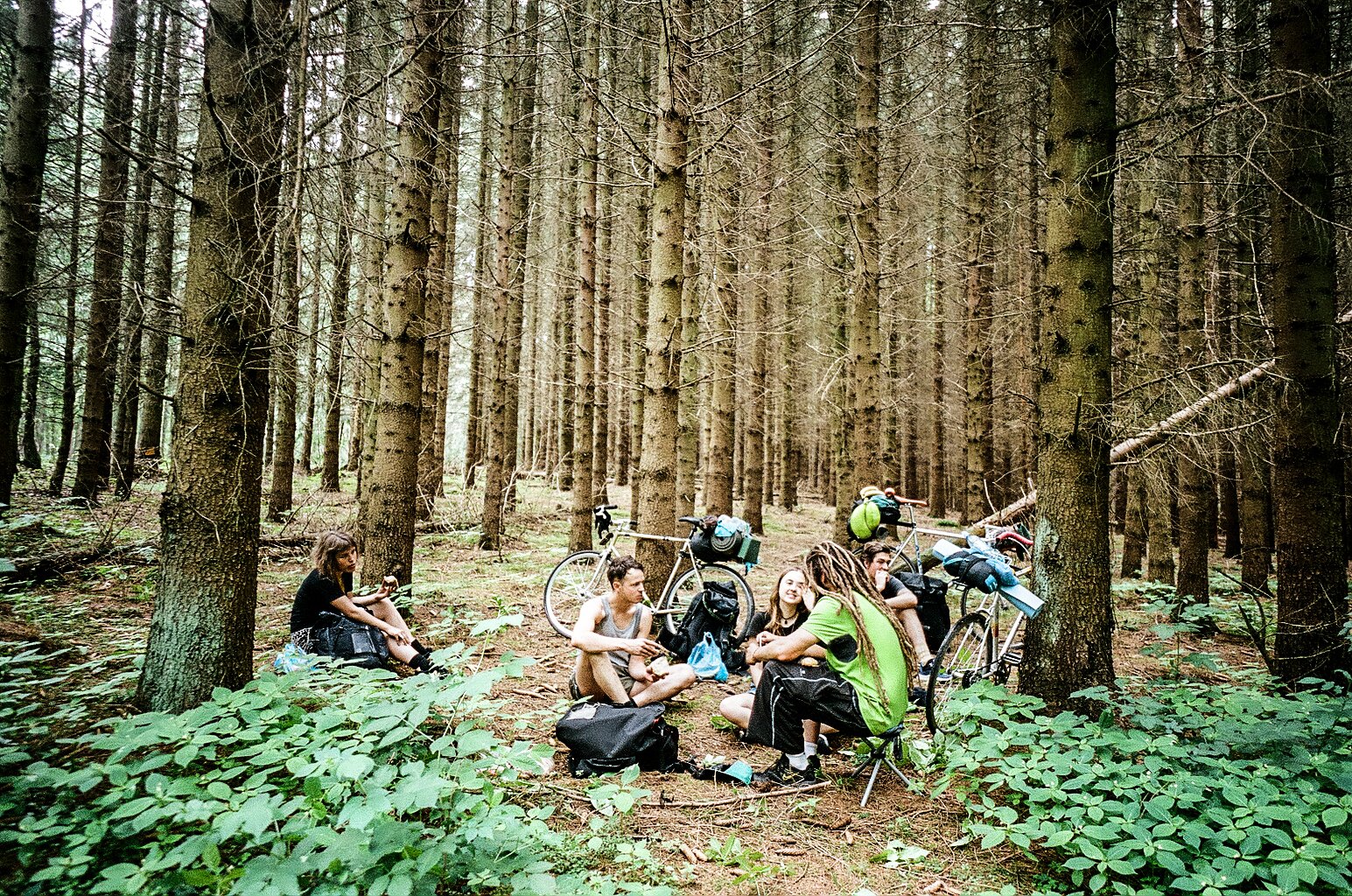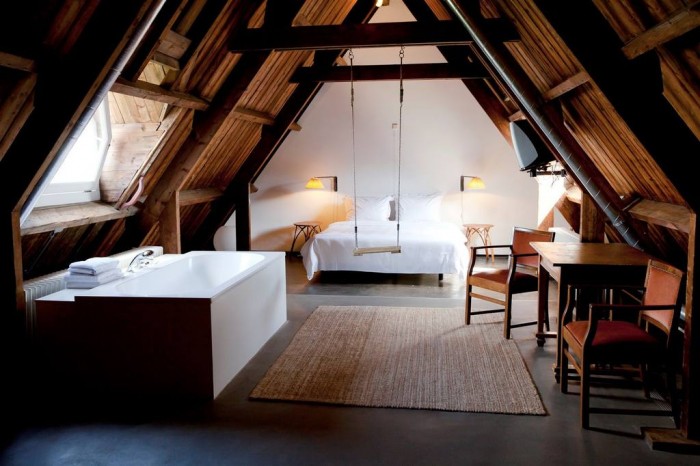I Rode From Berlin To Copenhagen And You Can Too

Samuel Davison is a writer, photographer and editor with a…
There’s an assumption that preparing for an international cycling trip is hard work; that you need to train, invest in expensive gear and meticulously plan out a route. It’s a fair assumption, but it’s often a misguided one, and one that I’m going to debunk.
One of my favourite cycling routes runs north from Berlin, cutting through the historic industrial towns of Brandenburg, zigzagging its way through “land of a thousand lakes”, plummeting through sundrenched beech forests before emerging at the port city of Rostock on Germany’s northern coast. From here you ride on board a ferry that carries you across the Baltic Sea to the southern tip of Denmark. Then its quaint Danish countryside, centuries-old villages, chalk cliffs and stunning beaches until you reach Copenhagen. It’s bliss and it’s not hard to do yourself.
[related_articles]30320[/related_articles]Embarking on the 700-kilometre journey from Berlin to Copenhagen was a decision made almost on a whim, to the point where one of my four travel buddies didn’t have a bike until days before we left. The trail that connects the two capitals is one of Europe’s most accessible. Comprised of a series of paved and compacted gravel paths, the path rarely sees you sharing a surface with other vehicles and is studded with secluded lakes and beaches for cooling off at the end of a summer’s day.
The route is sign-posted throughout and it’s pretty hard to get lost, but if you’re the kind of person that can get lost in your own backyard then you’ll take comfort in the maps available from the tourist centres in the towns along the way. Depending on your budget you can camp or opt for the comfort of the many B&B’s that are located along the route.
Northern Germany and Denmark are flat. The tallest point of Denmark is the top of the bridge that leads to Sweden. It’s really flat. So to ride across it you don’t need lots of gears on your bike and you don’t need lycra. But a 700-kilometere long ride still takes stamina and patience. Take your time. Spend your afternoons swimming or exploring the thick birch forests, or feeding horses that are grazing along the route. If you’re on a time schedule, you can always catch the train – you’re never too far from having your legs rescued. The best cycle touring, for me, has always occurred when it doesn’t matter where you get to at the end of the day.
Our set ups were basic but effective. We took our own bikes that we usually used to commute around Berlin, added the kind of clip on rack that will set you back roughly $30 at most sports shops and carried a backpack to boot. We wore shorts and t-shirts most of the time, and sometimes just shorts. Between us we shared tents, and we’d stop for supplies whenever we’d roll through a town – normally a few times a day – to avoid lugging kilos of food around. We carried enough patches and spare tubes to give us peace of mind on the long stretches through the forest. Shedding weight from your load is the only secret to cycle touring, but it’s not exactly rocket science.
Don’t get me wrong here. I don’t want to suggest that a weeklong cycling trip across international borders should be undertaken without planning but I really want to break down the myth that cycle touring is an expensive and difficult pastime to get involved with.
Cycling is an immersive experience, but not in the buzz-wordy marketing sense. Traversing a landscape by harnessing the power of your body lets you really understand the land. You’ll feel every hill in your legs and you’ll taste the difference in your sweat after you’ve eaten a piece of fish in Denmark or a punnet of berries in Germany.
You’ll be privy to the changes in temperature as you enter a forest and you’ll hear accents change from town to town. The train that follows the same route removes you from these aspects – it isolates you inside an air-conditioned box with nothing but packaged sandwiches that were probably made in neither of the countries you’re crossing. Plus, the whole journey takes half a day; where’s the fun in that?
(All photos: Samuel J Davison)
Next time you cycle, take the Qantas Assure App with you and earn Qantas Points for completing cycling goals.
Samuel Davison is a writer, photographer and editor with a penchant for travel. He is a regular contributor to Swiss magazine, Zweikommasieben, the Berlin-based Fireflies and a number of Australian publications. He publishes an annual journal of photography, This is the Same Ocean, and has published a collection of photographs with Los Angeles publisher Deadbeat Club.



















